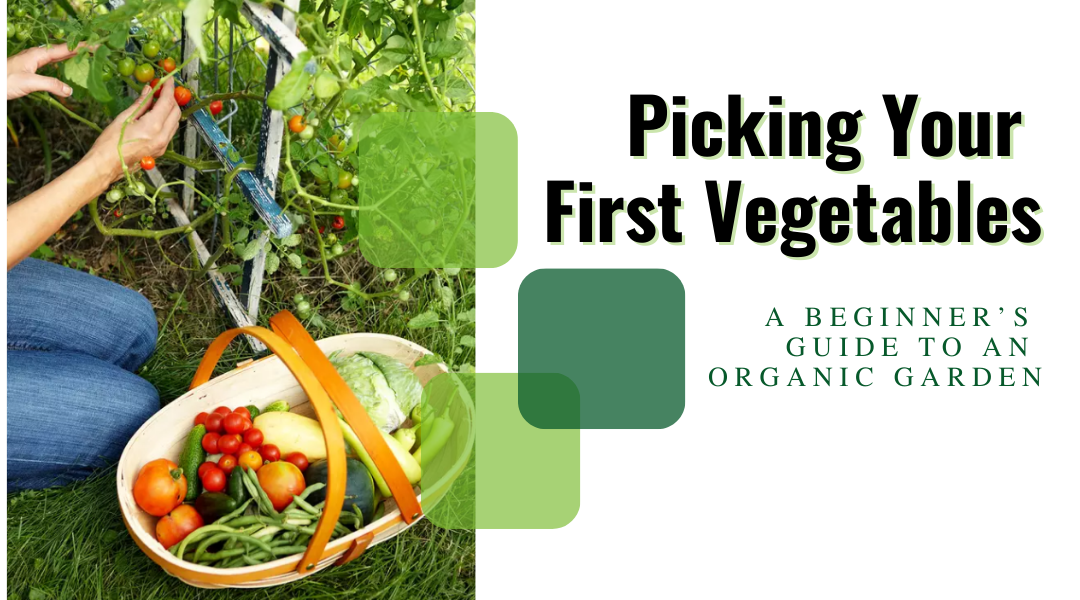Once you’ve planned your garden layout and prepared the soil, the next exciting step is deciding what to grow. For beginners, choosing the right vegetables can make the difference between a frustrating season and a confident, successful start. The goal is to pick plants that are forgiving, productive, and enjoyable to eat, so you can gain hands-on experience while seeing tangible results.
What Makes a Vegetable Beginner-Friendly?
Not all vegetables are created equal when it comes to ease of growth. Here’s what to look for:
- Easy to Grow from Seed or Transplant: Plants that sprout reliably or establish quickly.
- Flexible and Adaptable: Can tolerate minor variations in sunlight, water, or soil.
- Resistant to Pests and Diseases: Less prone to common garden issues.
- Reliable Harvests: Provides good yields without excessive effort.
- Simple to Harvest: Clear signs of ripeness make picking straightforward.
- Practical for Eating: Choose crops that you actually enjoy cooking and eating—motivation matters!
Top Vegetables to Start With
Here’s a curated list of beginner-friendly vegetables, suitable for containers, raised beds, or in-ground gardens.
1. Lettuce (Loose-Leaf Varieties)
- Why it’s Great: Quick-growing, tolerant of cooler temperatures, and can be harvested multiple times (“cut-and-come-again”).
- Tips: Keep soil consistently moist. Harvest outer leaves and allow the center to regrow.
- Varieties: Black Seed Simpson, Red Sails, Oakleaf.
2. Radishes
- Why it’s Great: Fast-maturing—some varieties ready in just 3–4 weeks! Cool-weather tolerant and low-maintenance.
- Tips: Sow directly in the soil, thin seedlings to proper spacing, and harvest promptly to avoid woody roots.
- Varieties: Cherry Belle, French Breakfast, Easter Egg.
3. Bush Beans
- Why it’s Great: Easy to grow from seed, productive, and doesn’t need trellising like pole beans. They also enrich the soil with nitrogen.
- Tips: Plant after the last frost, provide full sun, and harvest regularly when beans are tender.
- Varieties: Bush Blue Lake, Provider, Contender.
4. Zucchini and Summer Squash
- Why it’s Great: Prolific producers; fast-growing from seed or transplant.
- Tips: Space plants generously, water consistently, and harvest fruits while small for best taste. Monitor for pests like squash vine borers and powdery mildew.
- Varieties: Black Beauty (Zucchini), Golden Zucchini, Early Prolific Straightneck.
5. Bush Cucumbers
- Why it’s Great: Compact, productive, and easier to manage than vining types.
- Tips: Provide full sun, keep soil consistently moist, and harvest frequently to encourage more growth.
- Varieties: Spacemaster 80, Bush Champion, Picklebush.
6. Peas (Sugar Snap or Snow Peas)
- Why it’s Great: Cool-season crops that fix nitrogen and produce tasty pods.
- Tips: Support plants with a trellis or netting. Sow seeds in early spring or late summer, and pick pods often.
- Varieties: Sugar Snap, Sugar Bon, Oregon Sugar Pod II.
7. Spinach
- Why it’s Great: Fast-growing, nutrient-rich, and suitable for multiple harvests.
- Tips: Plant in early spring or fall, keep soil moist, and harvest outer leaves. Spinach bolts in heat, so watch for early flowering.
- Varieties: Bloomsdale Long Standing, Tyee, Malabar Spinach (heat-tolerant alternative).
8. Carrots
- Why it’s Great: Straightforward, relatively pest-free once established.
- Tips: Use loose, stone-free soil for good root development. Sow seeds thinly, keep soil consistently moist, and select shorter varieties for containers.
- Varieties: Danvers 126, Nantes, Little Finger, Parisian Market.
9. Swiss Chard
- Why it’s Great: Extremely productive, heat-tolerant, visually appealing, and allows multiple cuttings.
- Tips: Plant in full sun or partial shade, water consistently, and harvest outer leaves.
- Varieties: Bright Lights (multi-colored stems), Fordhook Giant.
10. Herbs (Basil, Mint, Chives, Parsley)
- Why it’s Great: Easy to grow in containers, pest-resistant, and rewarding with frequent harvesting.
- Tips: Most herbs prefer full sun and well-drained soil. Keep mint contained—it spreads aggressively!
Matching Vegetables to Your Garden Type
- Containers: Stick to shallow-rooted or compact plants: lettuce, spinach, radishes, bush beans, herbs, dwarf carrots, and bush cucumbers. Small determinate tomatoes and peppers can also thrive.
- Raised Beds: Almost all beginner vegetables will grow well, including medium to large plants like zucchini and root crops.
- In-Ground: Perfect for sprawling crops and deep-rooted plants like vining cucumbers, carrots, and standard tomatoes, assuming soil is amended and fertile.
Reading Seed Packets and Plant Tags
Think of these as your instruction manual. Key details to note:
- Sunlight Requirements: Full sun or partial shade.
- Spacing: Distance between plants and rows.
- Planting Depth: How deep to sow seeds.
- Germination Time: Days until seedlings emerge.
- Days to Harvest: Helps plan succession planting.
- Variety Details: Growth habit, size, and special care instructions.
Where to Source Organic Seeds and Transplants
- Seeds: Choose organic or heirloom seeds. Look for labels such as “Certified Organic” or OMRI-listed. Seed catalogs often provide detailed organic options.
- Transplants: Check local nurseries or farmers’ markets for organically grown starters. Avoid stressed, yellowed, or pest-damaged plants. Ask vendors about their growing practices.
Conclusion: Grow What You’ll Love
Selecting vegetables for your first organic garden is about balance—pick easy-to-grow crops that will give you early wins, but also choose vegetables you and your family enjoy. By starting with these beginner-friendly options, you’ll gain confidence, learn essential gardening skills, and set the stage for expanding your garden in future seasons. Remember, success in gardening isn’t just about what you grow—it’s about the knowledge and satisfaction you harvest along the way.
